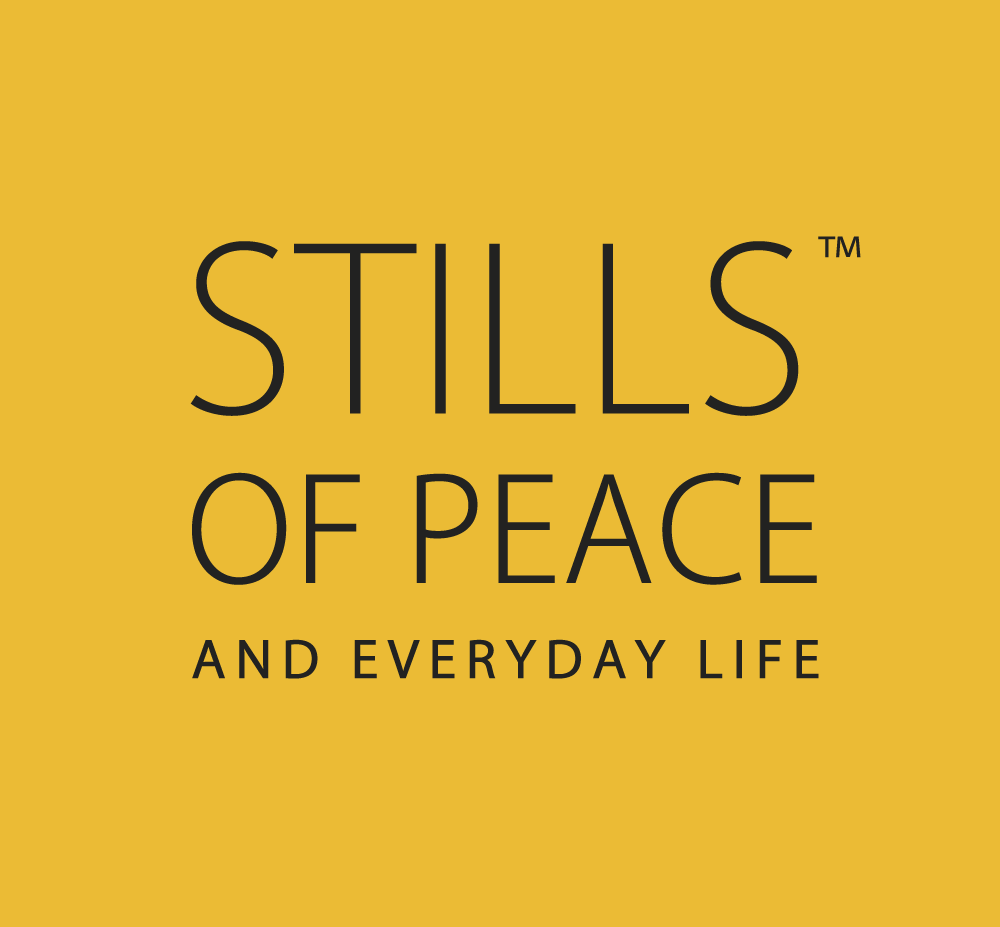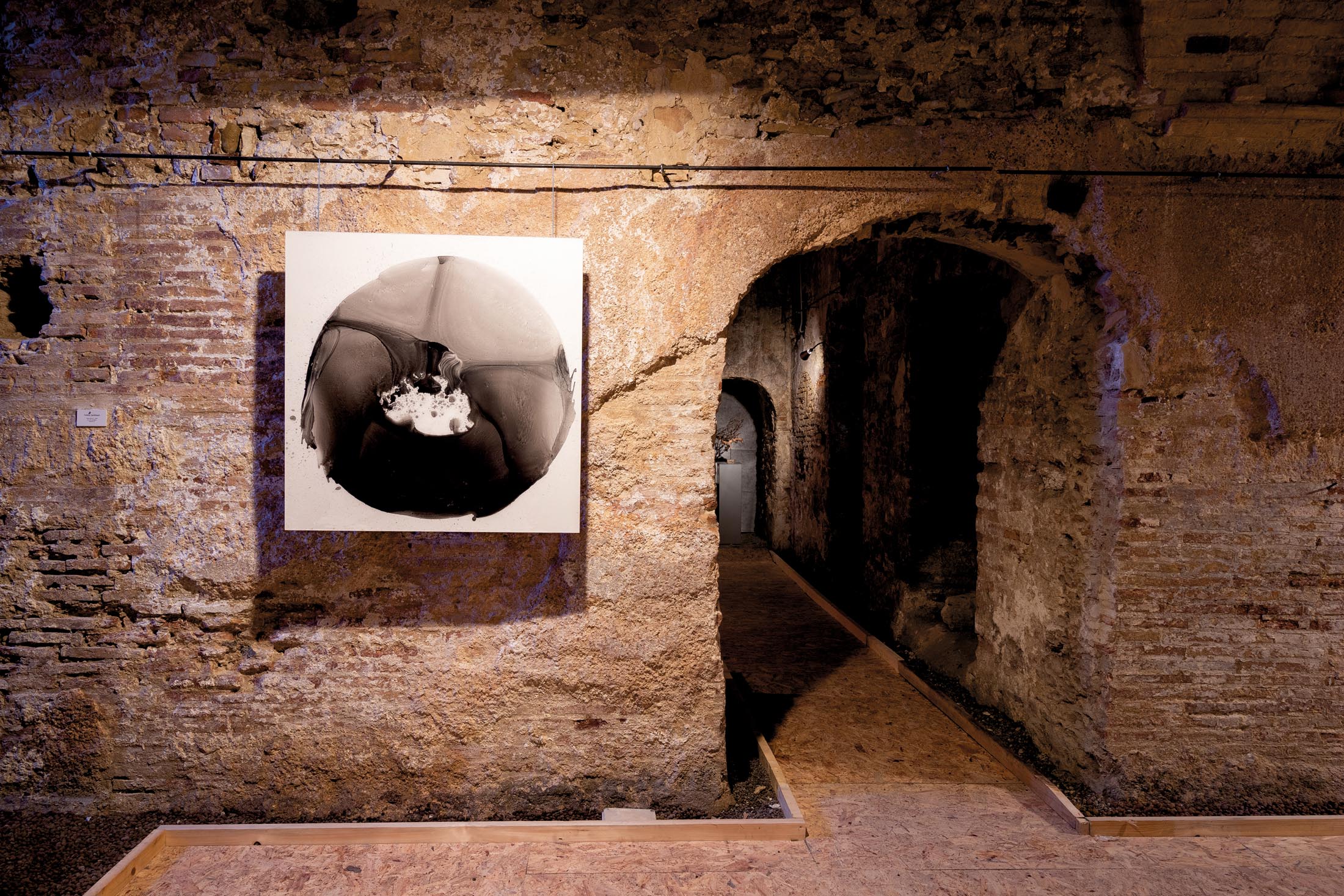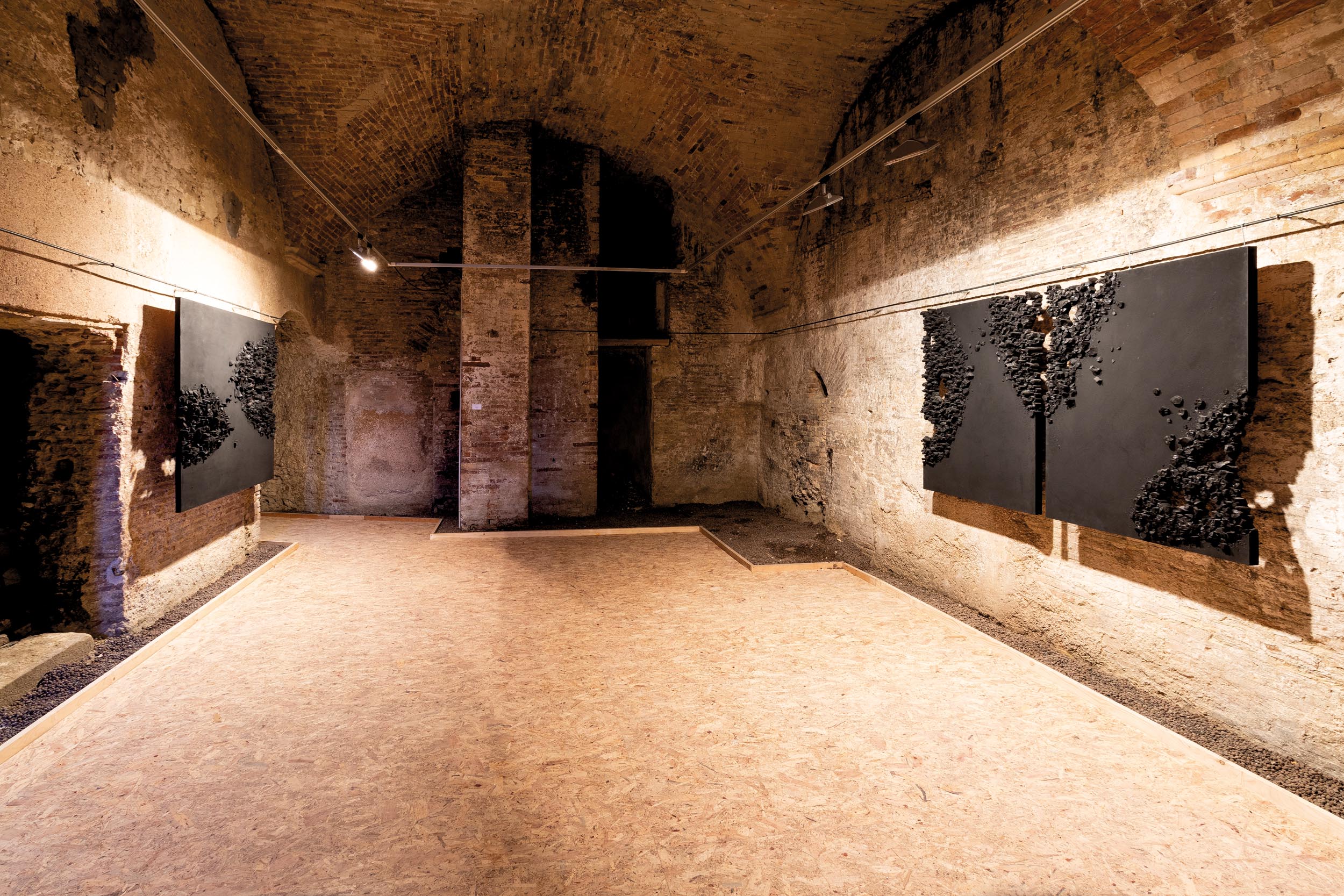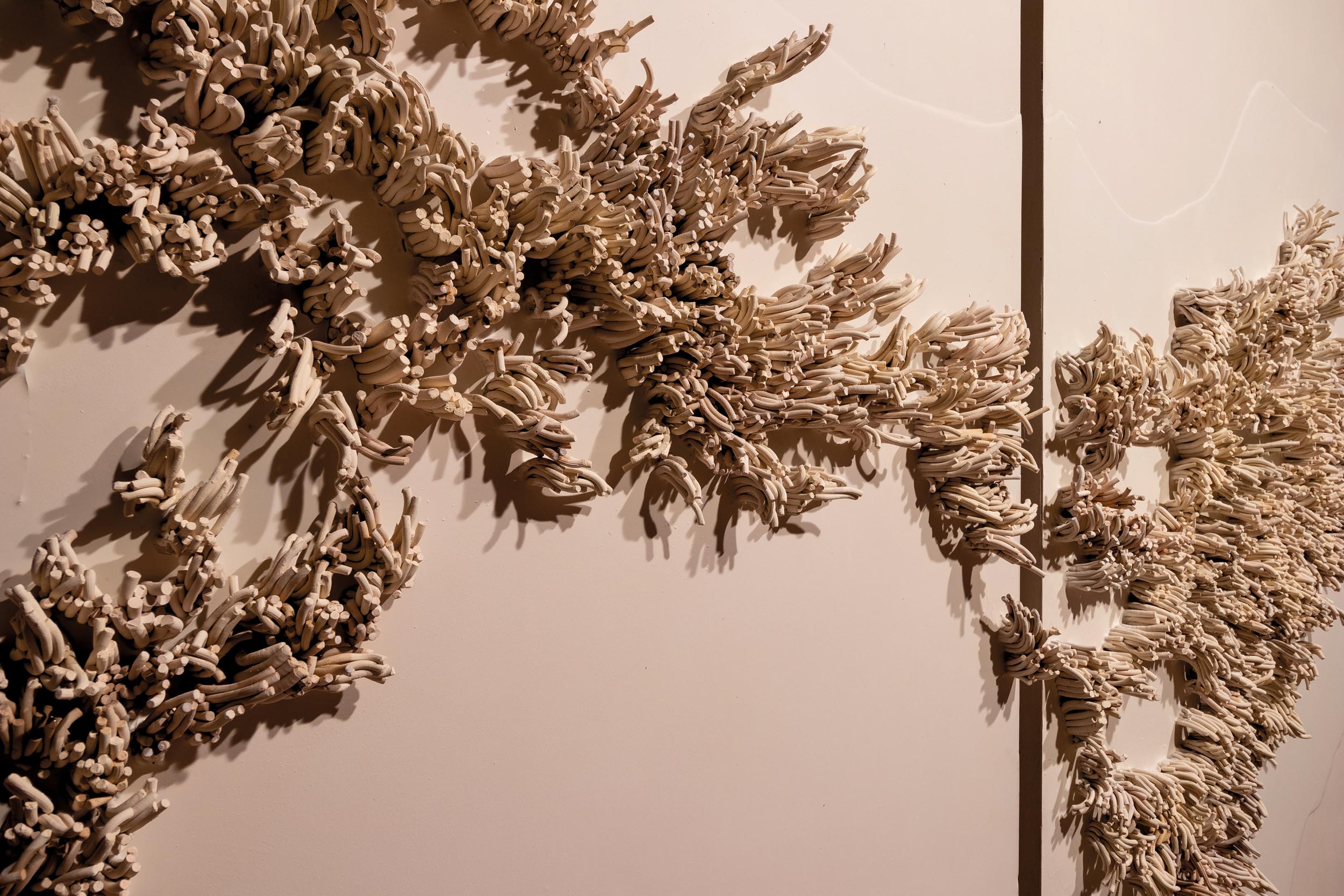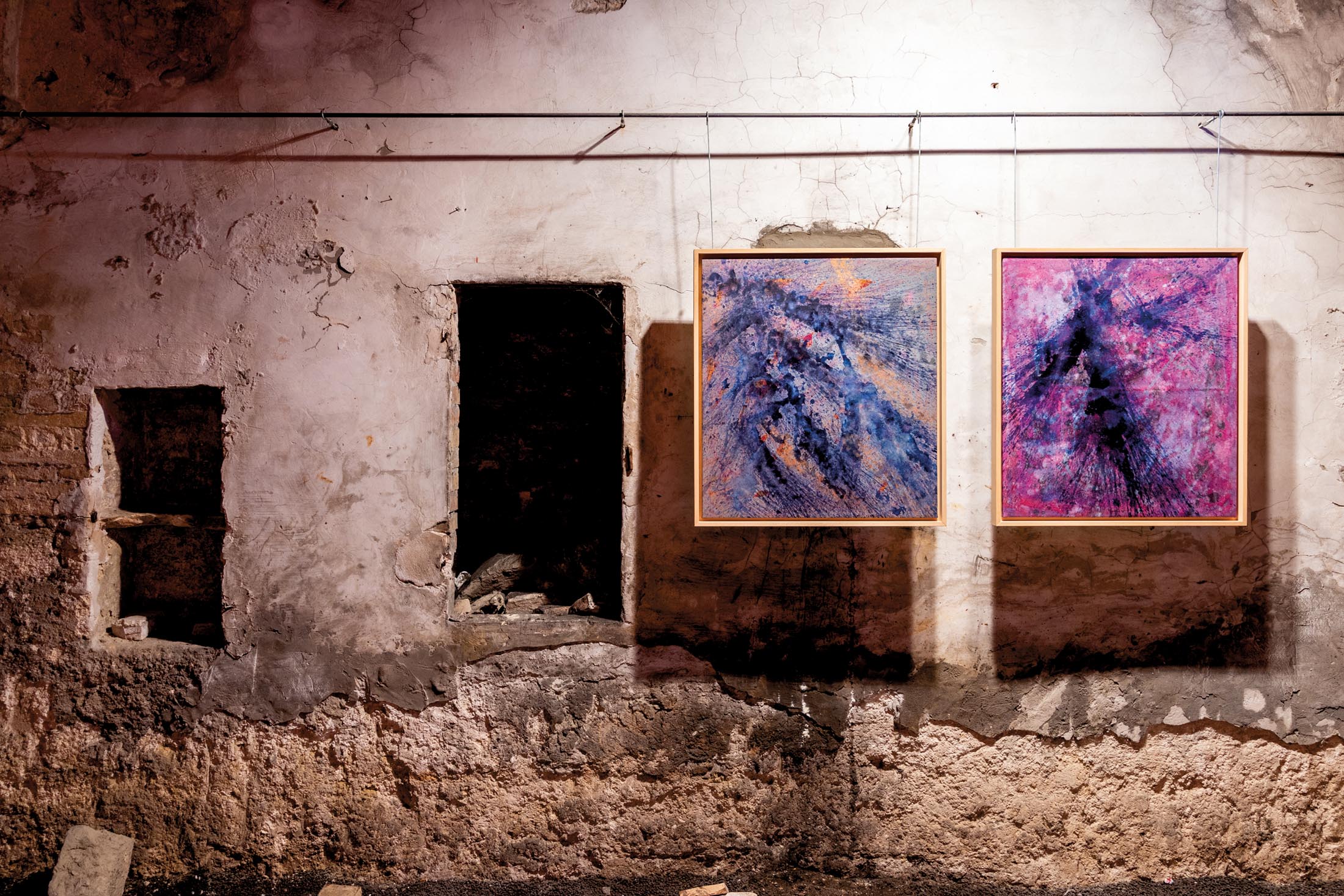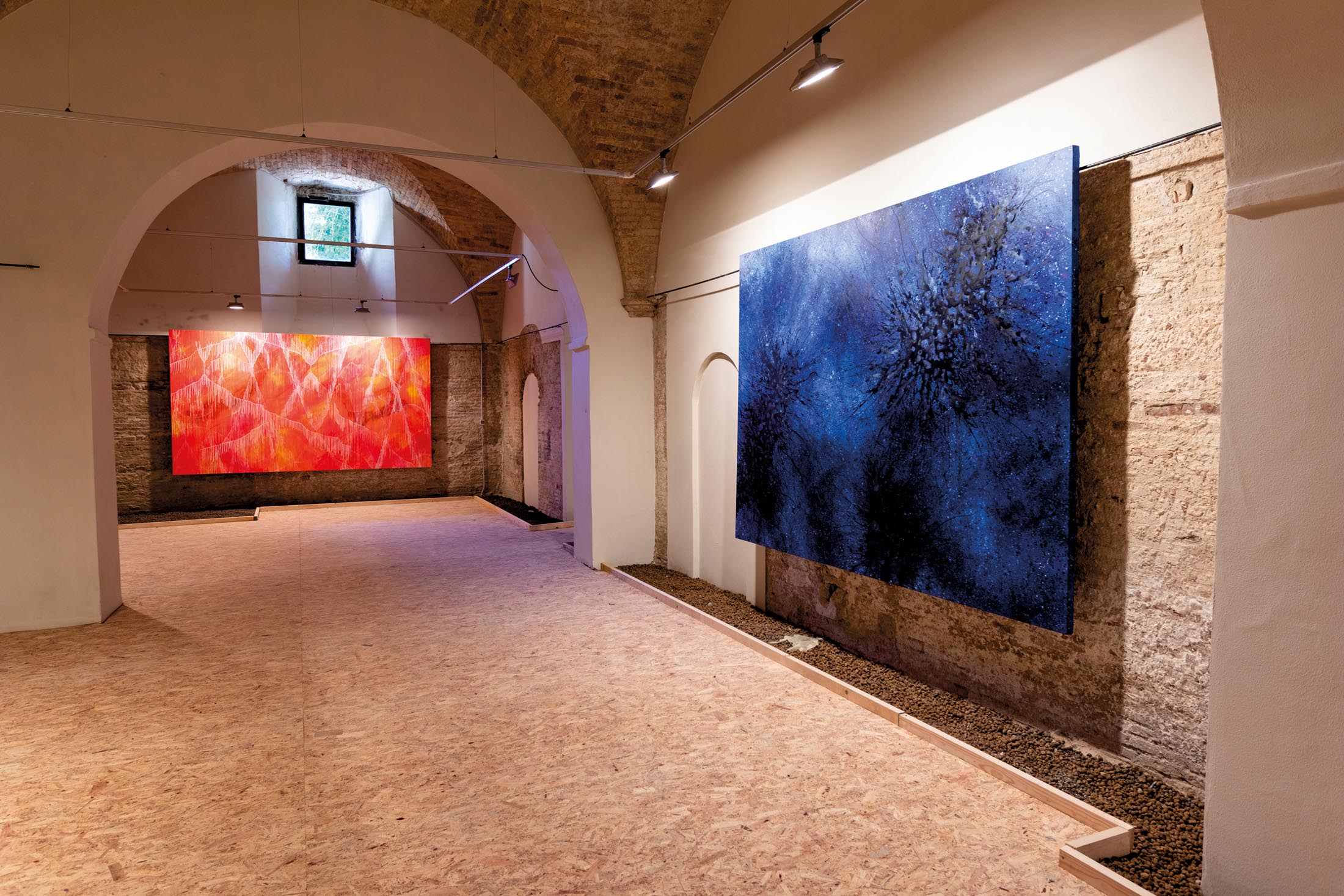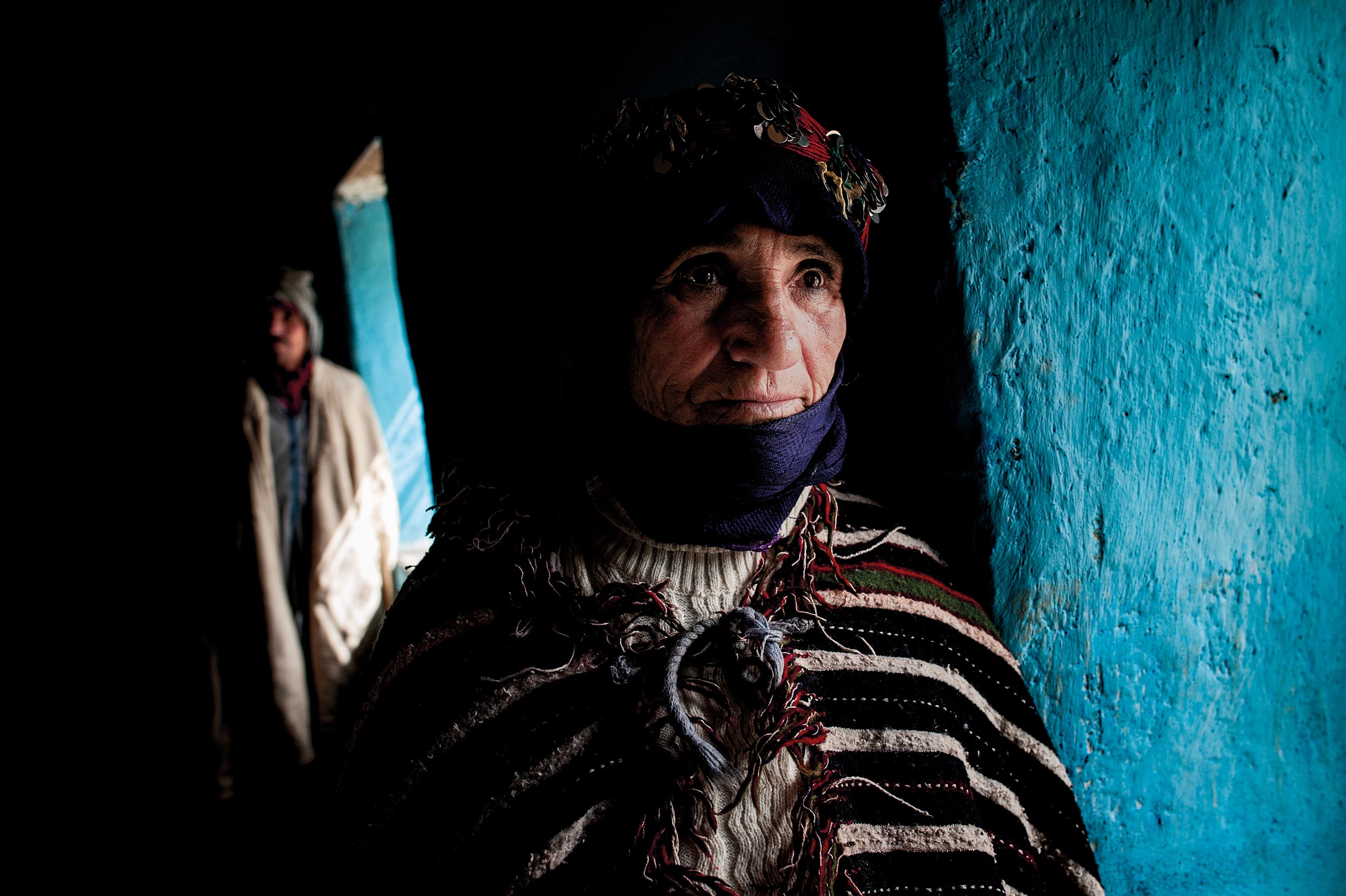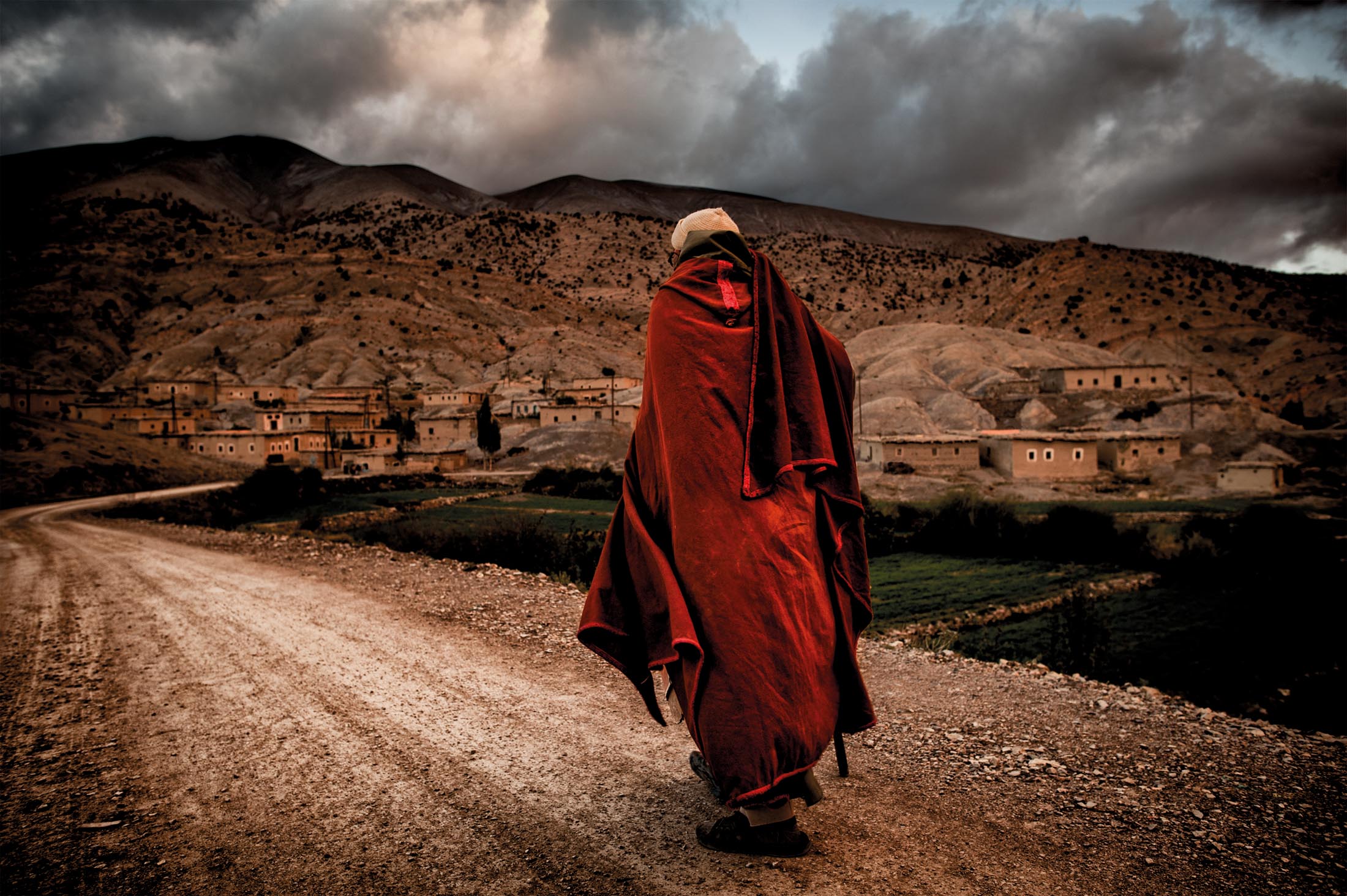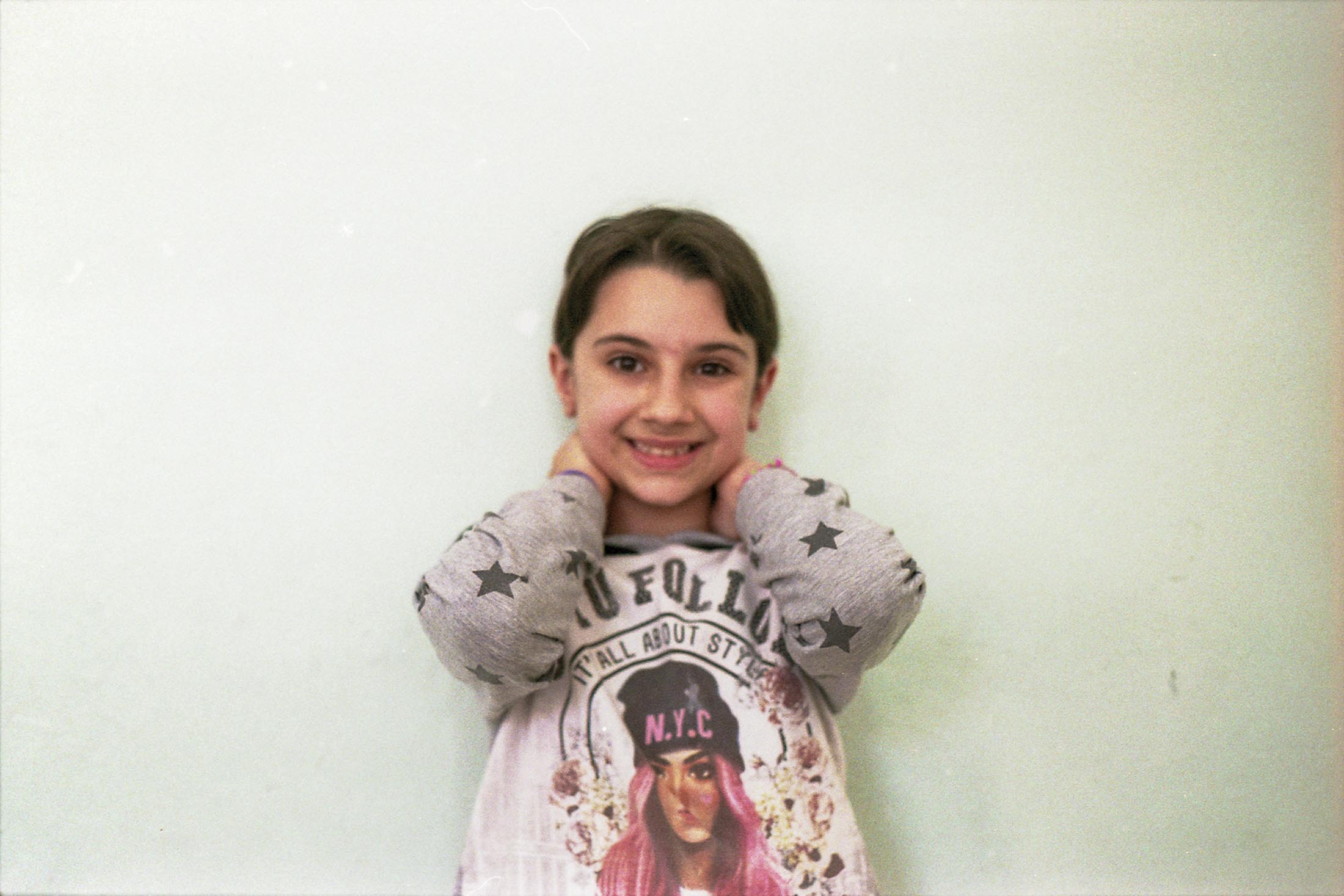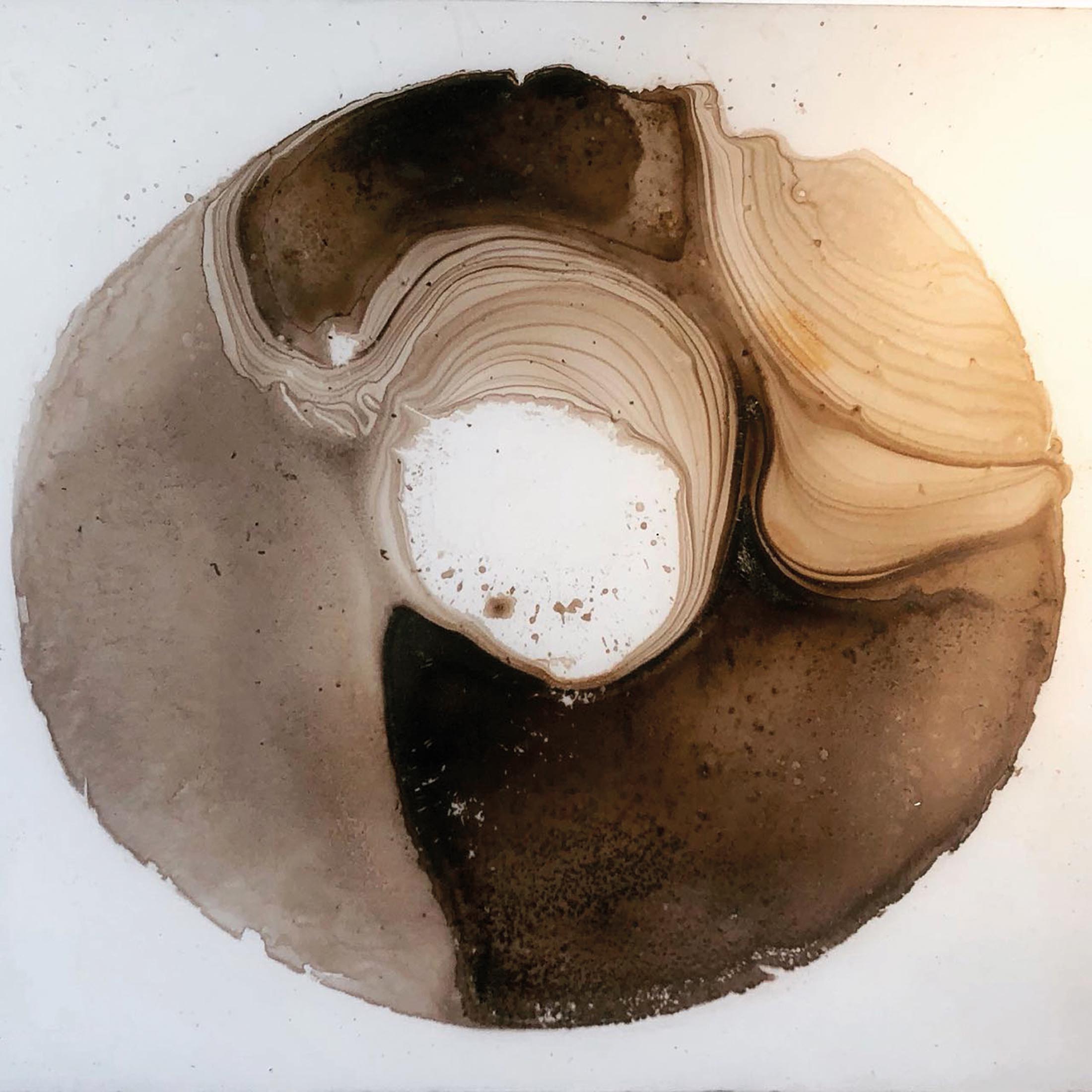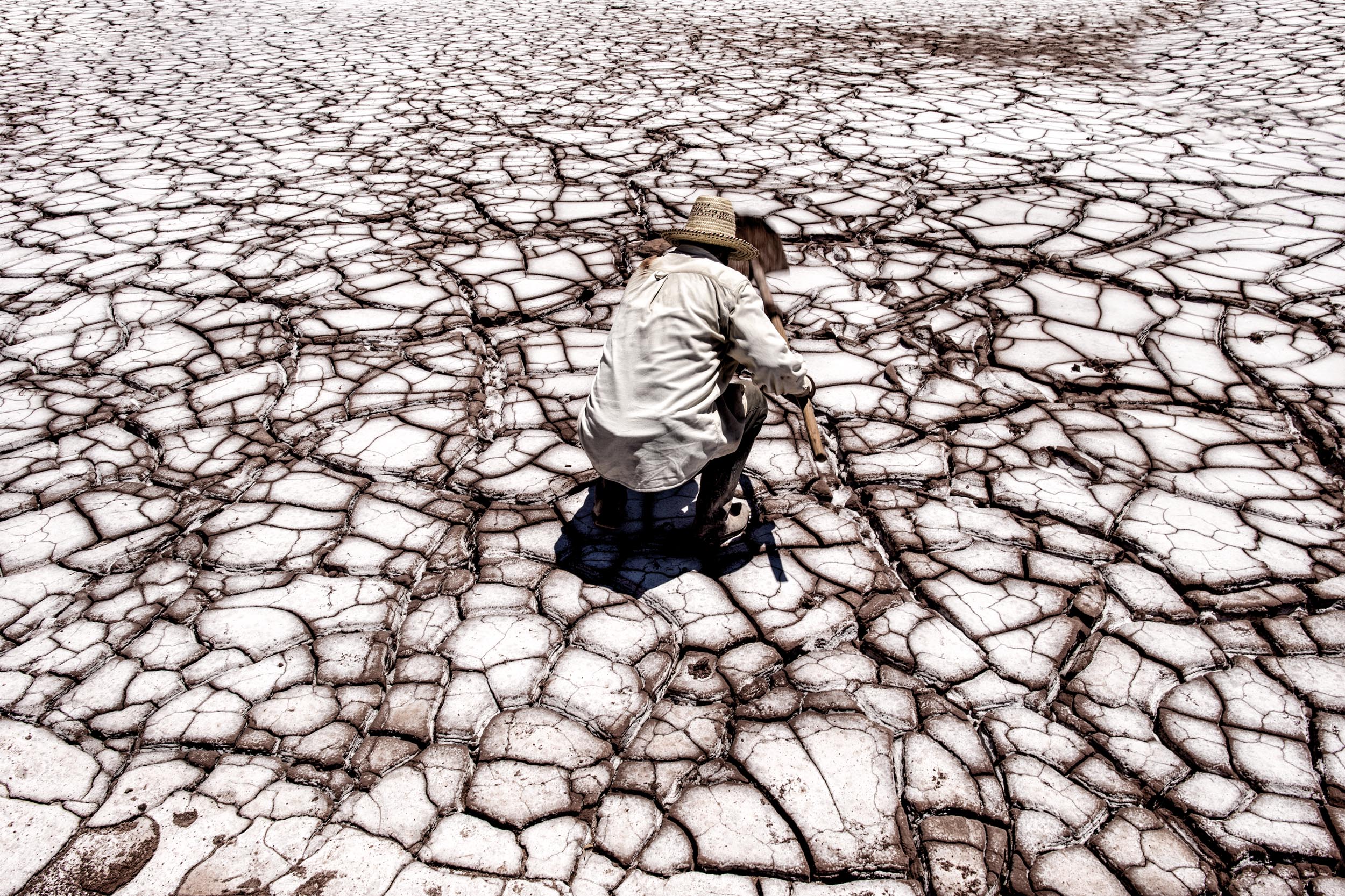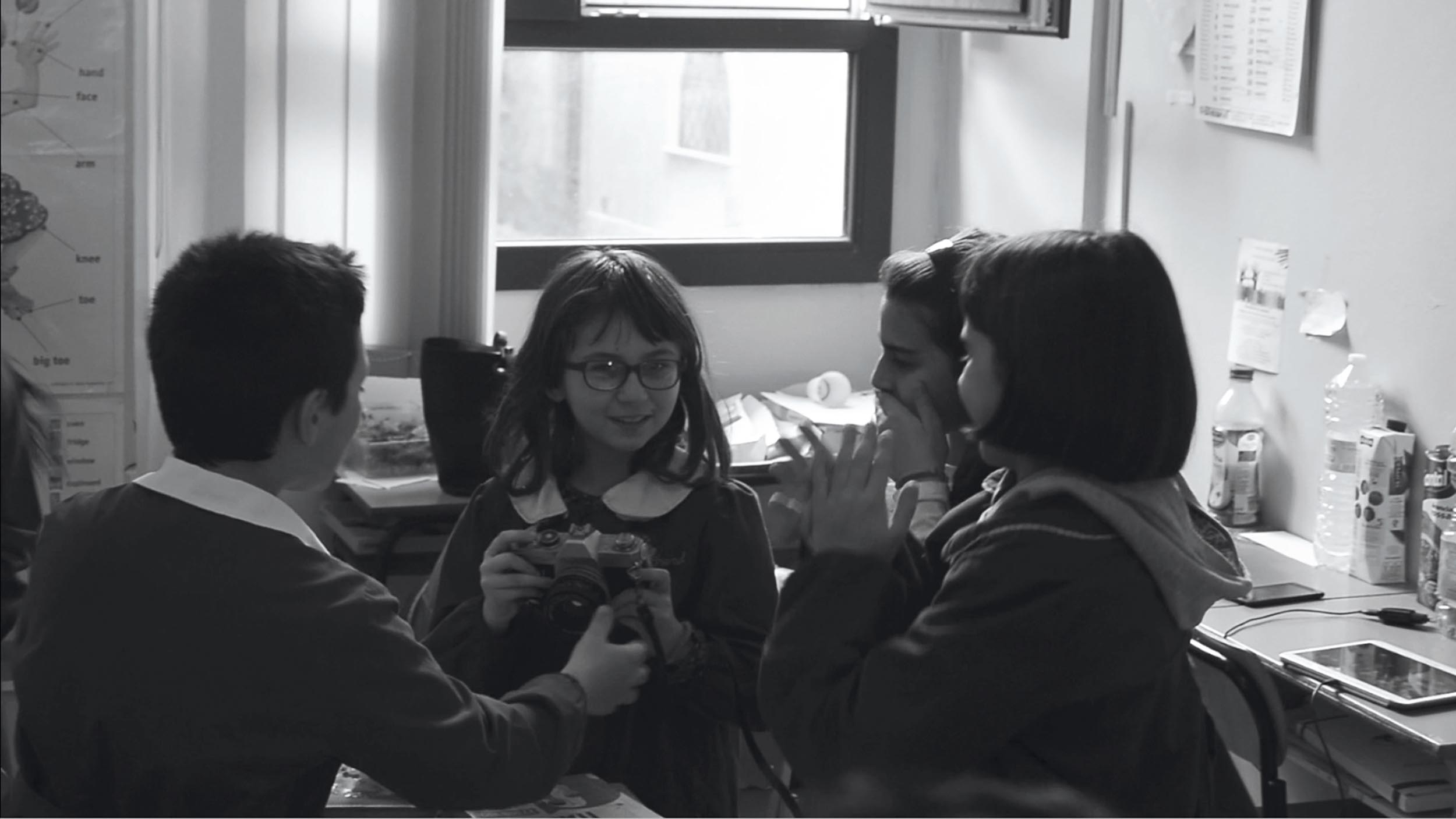STILLS OF PEACE
AND EVERYDAY LIFE Ed.V
Italy And Morocco:
a research of the sense of contemporaneity
7 july – 2 september, 2018 / ATRI
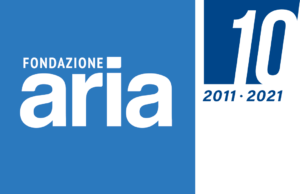
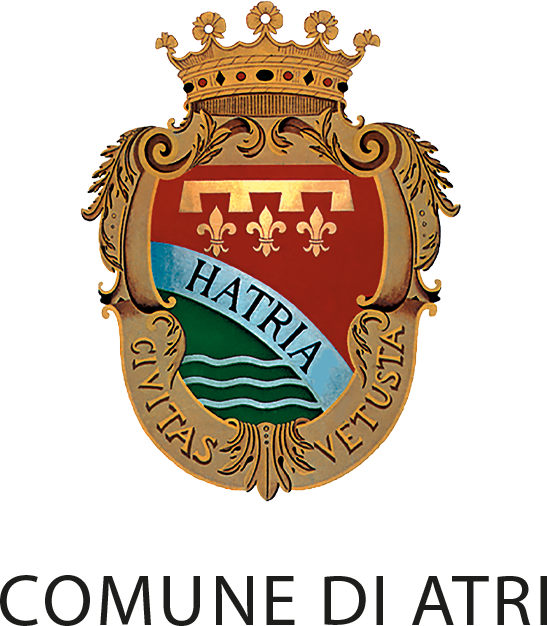
Stills of Peace and Everyday Life – Edition V
Stills of Peace project has been proposing for five years meetings and comparisons, that have widely shown and confirmed that in the field of research of contemporary visual arts, there are common issues linked to a “spirit of the time”, or at least there are “obliged mixtures” between subjects, artistic forms and reflections. Surely, this is a quality of those artists who, although belonging to different cultures of formation, reveal themselves more sensitive and under a constant research, trying to define their own doing, their own saying, their fascination or their approach to the “common time” that we live.
In this fifth edition there is a dialogue between two “exemplary” art proposals, looking for a mutual talk, relationship and sense, starting from the specific identities. From a critical point of view the aim is to propose a visual contrast that opens up to a talk searching for meanings. It is a question of laying the basis and the ways for a dialogue.
This year Paolo Dell’Elce has also produced a shortfilm within the Stills of Peace for children project, a homage to the lost time of the childhood of every generation, in which one lived perhaps more fully, without differences and prejudices, thanks to the analog photography workshop carried out in primary school “Vittorio Bachelet” in Orsogna.
Exhibitions:
Scuderie di Palazzo Acquaviva – Atri
Materia Prima – Fatiha Zemmouri
Curated by Paolo De Grandis
The exposed works, full of striving, mark the various phases of human mutation and its evolution during the cycle of life. The symbolism of materials is an allegory through which Fatiha examines the universal dynamics linked to humanity, to the tragedy of existence, to man in front of his destiny and to the issue of his finiteness.
From glossy white of ceramics, declined in shapes inspired by the vegetable world, to the dusty black of coal, combustion is the mean of the creative process between modernity and tradition.
The work, through various processes such as baking, burn or gestures, expresses an original amazement, reveals a sphere that belongs to the common sense and can hence be understood as an element of cultural identity.
Scuderie di Palazzo Acquaviva – Atri
Infinitely – Alberto Di Fabio
Curated by Antonio Zimarino
Di Fabio’s painting imposes a visual challenge that fascinates and impresses, it asks the observer much more than simple and emotional perceptions. A pulsating material emerges from the works, and evokes the continuous reference between microstructures and macro systems perfections, that seem to all respond to similar universal laws.
The approach requires a long time of relationship, and the particular spatiality that the artist develops aims to introduce us to the conceptual depth that moves his research. The paintings are opportunities for opening up to a physical and mental space, in which you can lose yourself to grasp its continuity. A journey of perception into the absolute, through real spacetime windows.
Museo Archeologico – Atri
Amazigh: Berberi of Marocco – Luciano D’Angelo
Curated by Sandra Fiore
The photographic journey proposed by Luciano D’angelo represents a moment of reflection on the common history that has crossed the Mediterranean, a crossroads of peoples. In this sense, the exhibition offers the opportunity to return to the theme of ethnic identity and necessity. The Imazighen who inhabit the Atlas Mountains, freezing in winter and burnt in the summer, have fascinated Luciano D’angelo. In his many travels in this country he has set in extraordinary shots the daily life of the characteristic villages that appear firm in time, in an ancestral dimension.
Museo d’Arte Costantino Barbella, Chieti
Depth of the sea – Fathiya Tahiri
Curated by Paolo De Grandis
The expressive research of Fathiya Tahiri has developed a rare consistency over the years. He insisted on his fears, his emotions and obsessions to compete with the world. The resources that have influenced it may seem obvious, such as the Moroccan color tradition or the surrealist background, but in reality the combinations and characters of the people in his paintings or his anthropomorphic sculptures assume a “pathetic” expression in a rebirth he continues, turning into the paths of the soul that were to be expressed in this way.
Its objective is to deconstruct the real in a process of abstraction, in which only some dominant chromatic tones of the reality of an image remain attributable to the subject expressed by the title, crossed by contradictory backgrounds and strong contrasts. The material of the works is magmatic, full-bodied and so strongly physical that it tends to come out of the second dimension. It has its own stratified mass, and internally maintains a pressure that recalls a force in constant tension and boiling.
Museo Archeologico, Atri
Progetto Stills of Peace for children
A short by Paolo Dell’Elce
A workshop of analog photography carried out in the primary school “Vittorio Bachelet” of Orsogna (classes 4 and A – 4 and B), with an important multi-ethnic reality that expresses itself in an atmosphere of happy cultural integration, has allowed to realize a short film that, through the narration of the various experiences, is the personal homage of Paolo Dell’Elce to the lost time of the childhood of every generation, in which one lived perhaps more fully, without differences and prejudices.
These children looked at each other differently, for the first time, through the lens of an old reflex camera, and got to know each other a little bit more by experiencing the time of vision. It is not the hasty looking to which the new means of acquiring images are accustomed, but the gaze of a human being who captures the beauty reflected in the eyes of another human being.
CINEMA:
Cortile di Palazzo Acquaviva – Atri
Cine Morocco – Review of Moroccan cinema
Movies screened in original version with Italian subtitles
Curated by Pino Bruni

WWW: WHAT A WONDERFUL WORLD (2006) – by Faouzi Bensaidi
The story, sometimes surreal and grotesque, of a professional killer who falls in love with a policewoman. His fate will cross with that of a hacker who tries to make ends meet, to help his disabled father, and who dreams of escaping from Morocco. The actions of each of the characters will affect their fate. A sort of postmodern fairy tale with more than one debt to the American mob cinema, a comedy with lyrical and poetic moments, which navigates between archaic instances and modernity.

LA FALAISE (THE CLIFF) (short – 1998) – by Faouzi Bensaidi
Faouzi Bensaidi’s first short film, “La falaise” is set in a small village near a beach, where little boy Hakim and his little brother Said do odd jobs to raise some money, even if they have to deal with other kids who seem to want to steal their work; but fate is lurking on the edge of the cliff.

THE NAKED BREAD (2005) – by Rachid Benhadj
Taken from the autobiographical novel of the same name (censored in Arab countries because of its hardness) by the Moroccan Mohamed Choukri, it tells the childhood and adolescence of Mohamed, who lives in the violent world of the streets of Tangier in the forties and fifties. Here he becomes acquainted with every form of vice and delinquency, and flees from a drunk and violent father, finding himself with companions and companions in the same condition, in the fear of recreating a family like the one from which he fled.

JOURNEY TO MECCA (2004) – by Ismael Ferroukhi
French – Moroccan co-production, the film is a real road movie starring father and son of Moroccan origins, exiles in France and residents in Marseille, who embark on a journey to Mecca through different nations. A journey that a true Muslim should make at least once in a lifetime, in which it is evident not only the generational gap, but also the profound diversity between the two, with its walls gradually melting.

IN CASABLANCA ANGELS DON’T FLY (2004) – by Mohamed Asli
Film screened at Cannes by Italian – Moroccan co-production, is according to the director a painful metaphor of a desperate and hopeless Morocco, where dreams are forced to die. It is the story of three Moroccan men who try their luck in Casablanca, but soon, separated from their families, find themselves struggling with a sprawling city, overpopulated, chaotic and viscous.

ALI ZAOUA, PRINCE OF THE STREETS (2000) – by Nabil Ayouch
Winner of numerous awards, including one at Giffoni, starring a group of street children from Casablanca, organized into a gang. A veiled look that reflects the pain of poverty, homelessness, child abuse, and prostitution in Muslim society. The film also uses magic realism: the raw reality of children’s lives intertwines with their life rich in fantasy, with the contrast between real life and fantastic life, of which children are firmly convinced.

HORSES OF GOD (2012) – by Nabil Ayouch
The film, winner of the Giffoni Award and the Prix François Chalais in Cannes, tells the story of the authors of the Casablanca attacks of May 2003, all grown up in the shanty of Sidi Moumen, focusing on the story of two brothers, Tarek and Hamid, two of the four perpetrators of the attacks in question. It shows the daily life of the slums of certain areas of Morocco, a cruel environment, urban jungle full of violence, drugs, extortion and especially hopeless.

MOROCCO (1930) – by Josef von Sternberg
Starring Gary Cooper and Marlene Dietrich, it is the first film to feature Morocco. It’s the story of a cabaret singer and a man who enlisted in the Foreign Legion to forget the past, who fall in love. Their relationship is complicated by the appearance of a rich man who wants the woman for himself. The film is the quintessential Hollywood artifice of the 1930s, when exotic lands are evoked with a stylized and dreamlike baroquism.
ALL THE EDITIONS:
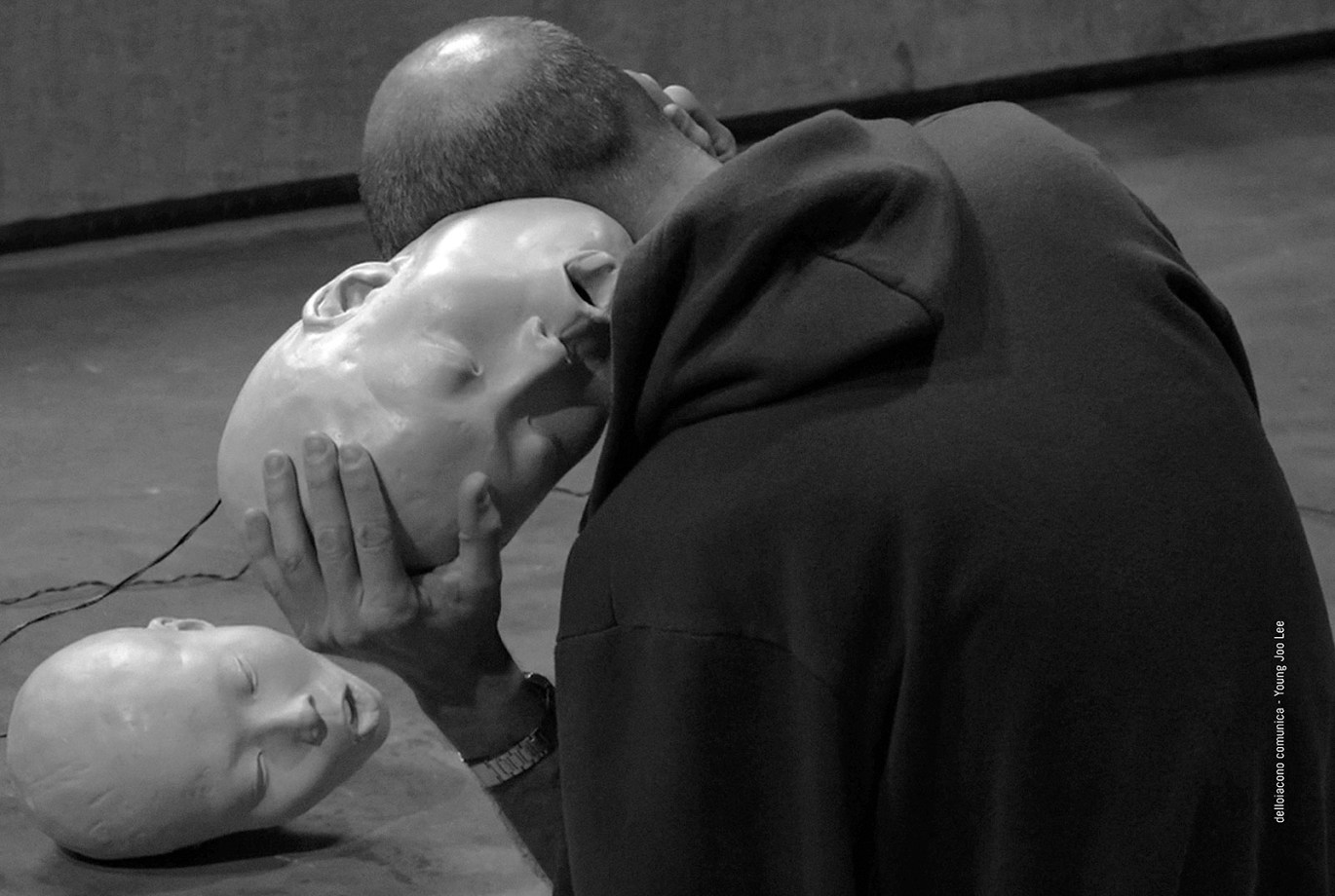
Stills of Peace
Edition VIII
Italy and South Korea
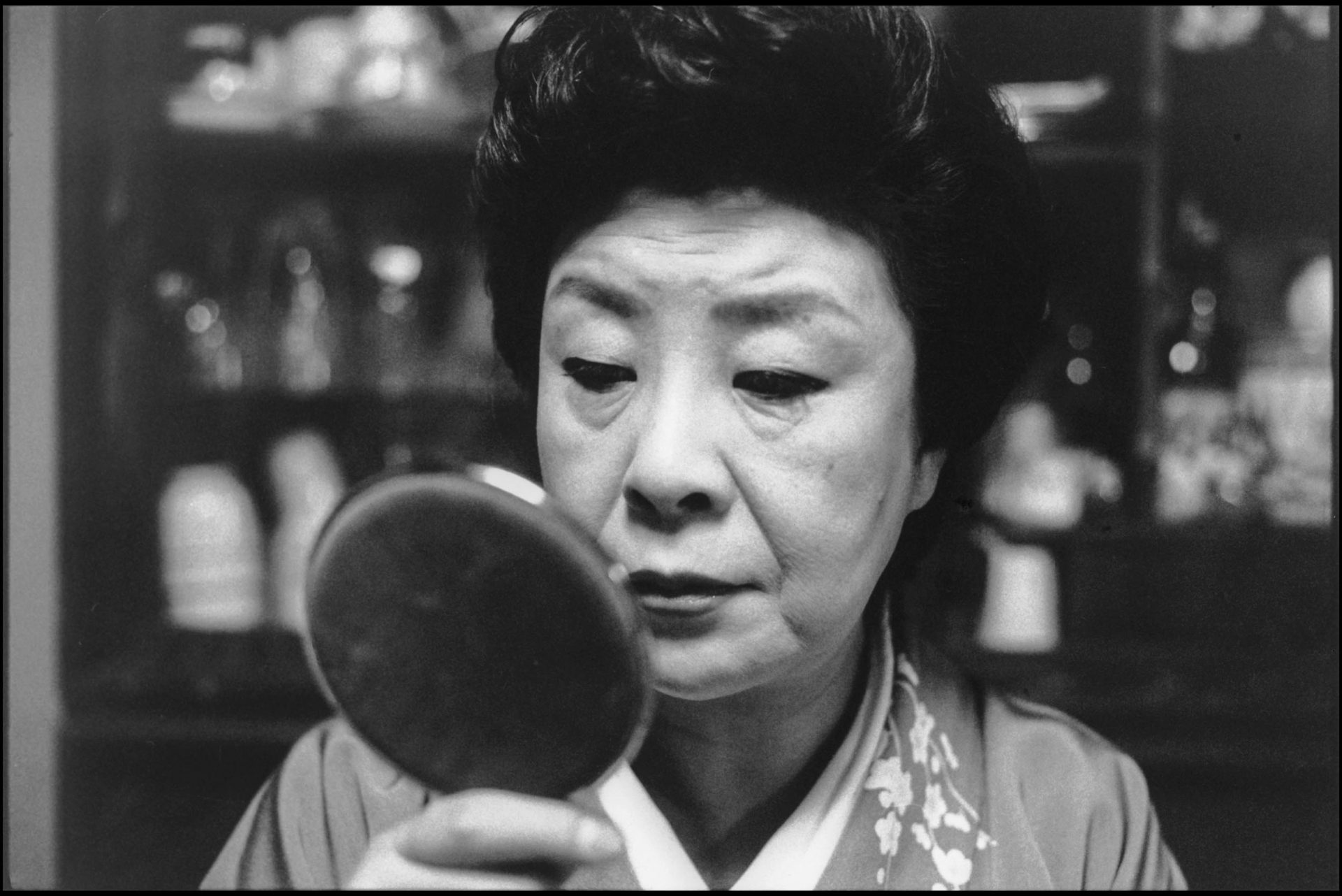
Stills of Peace
Edition VII
Italy and Japan
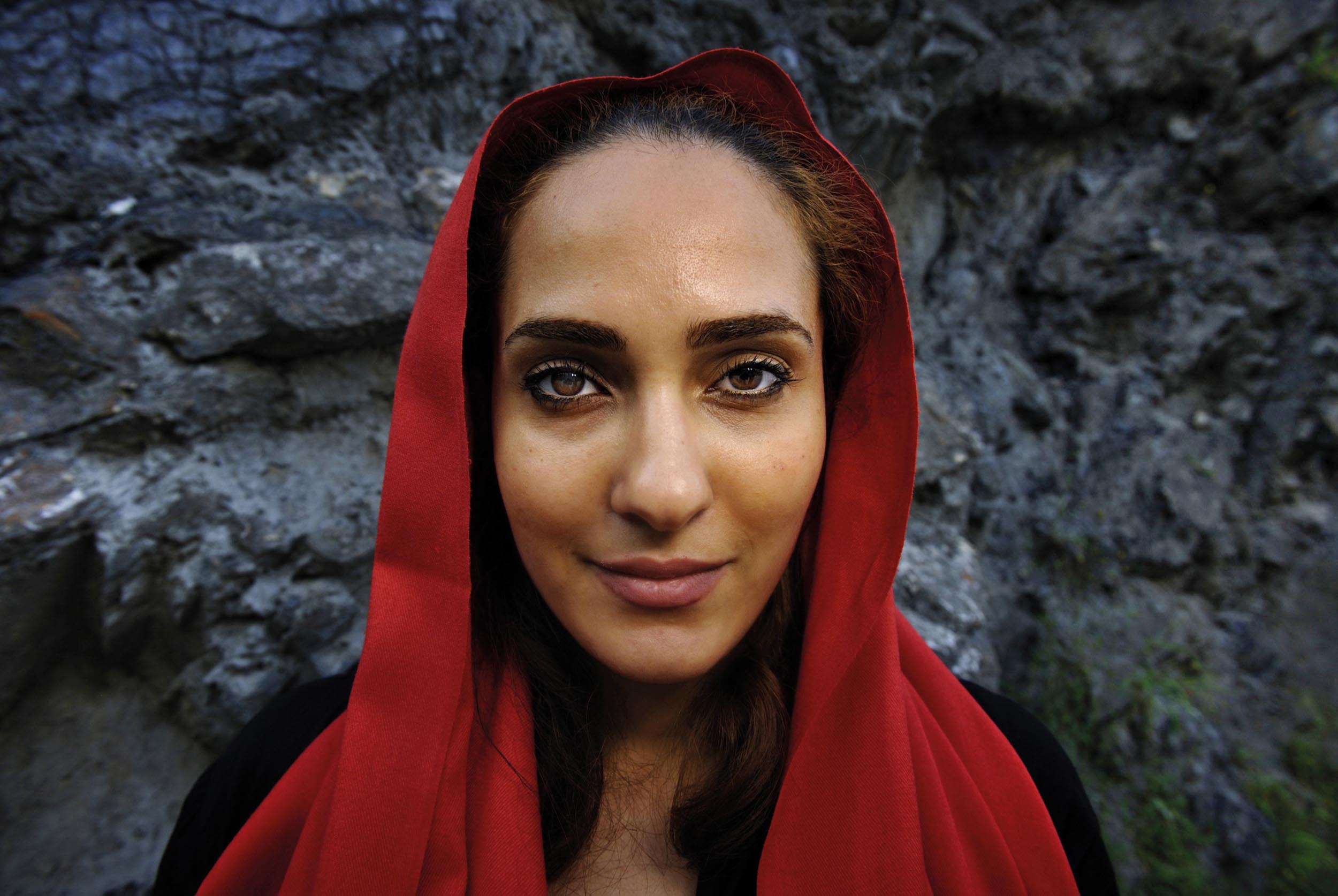
Stills of Peace
Edition VI
Italy and Iran
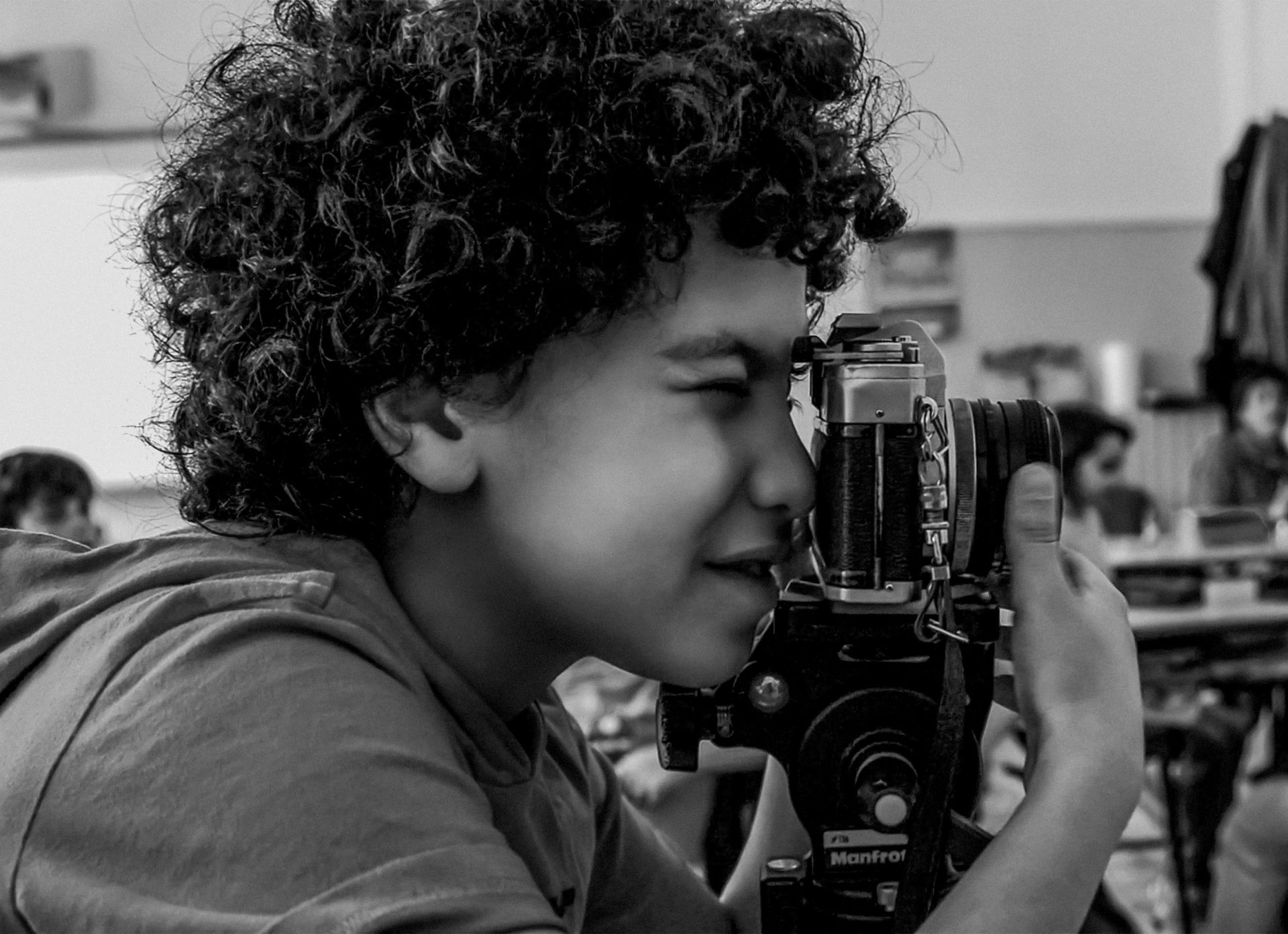
Stills of Peace
Edition V
Italy and Morocco
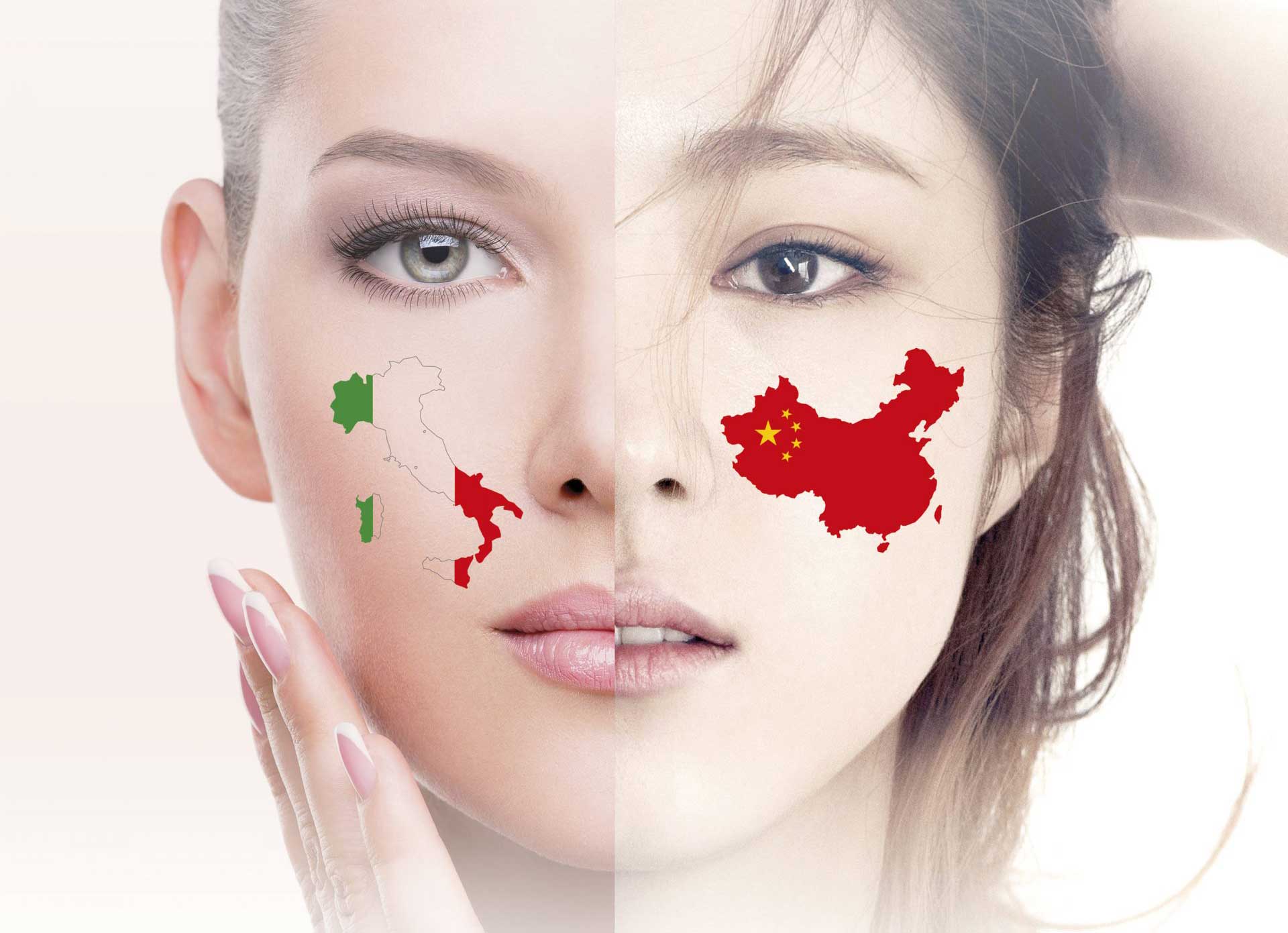
Stills of Peace
Edition IV
Italy and China
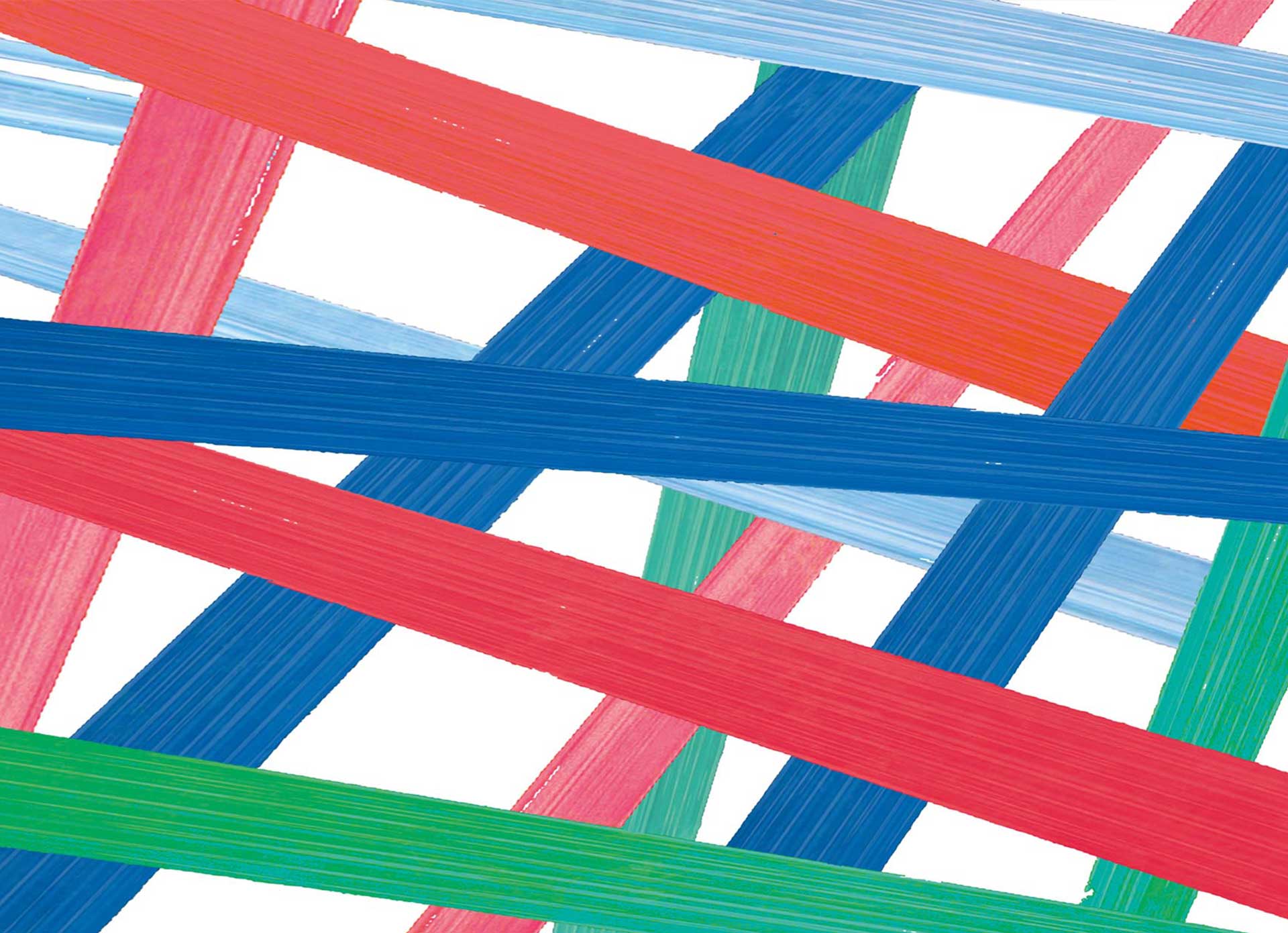
Stills of Peace
Edition III
Italy and France
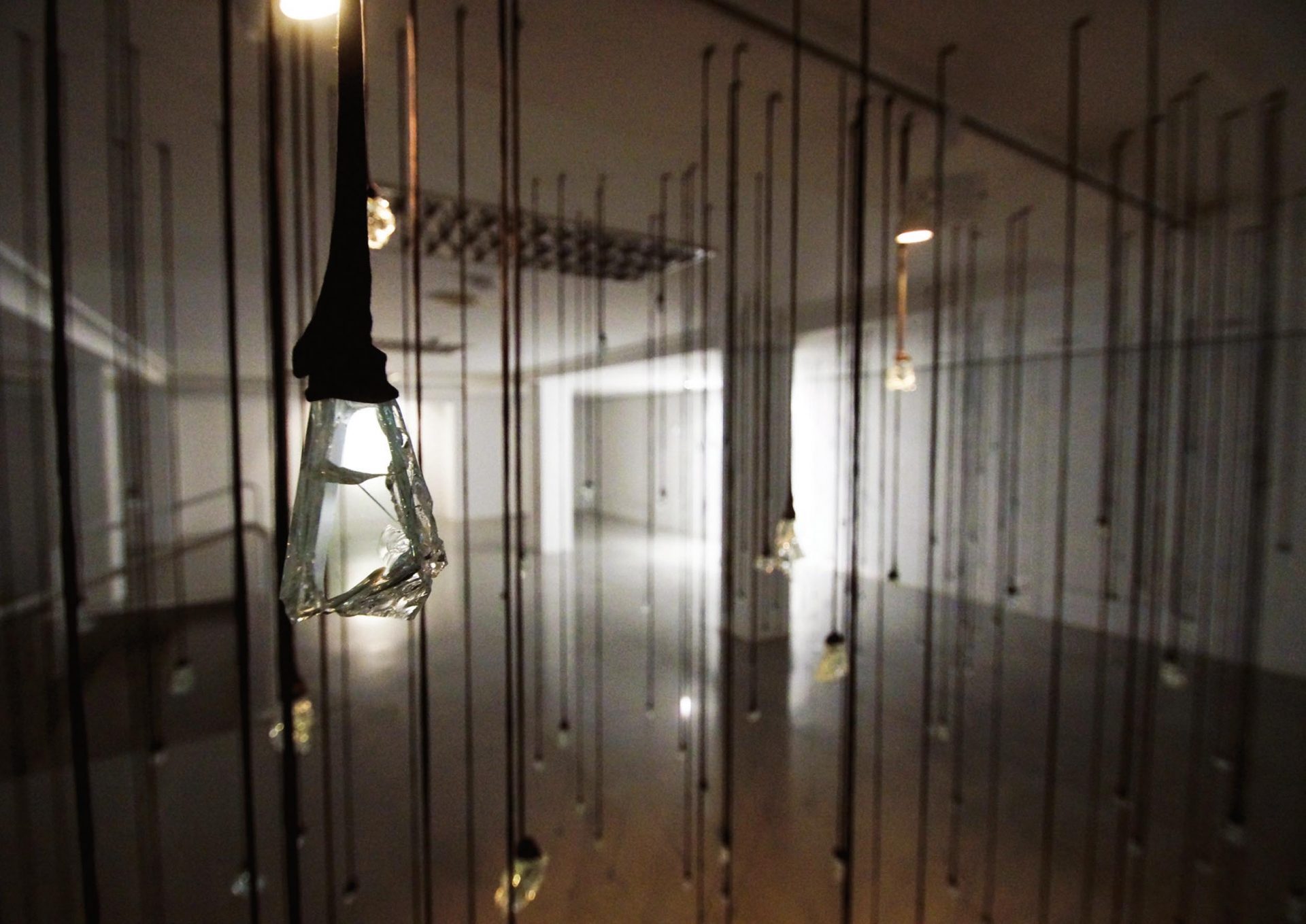
Stills of Peace
Edition II
Italy and Spain
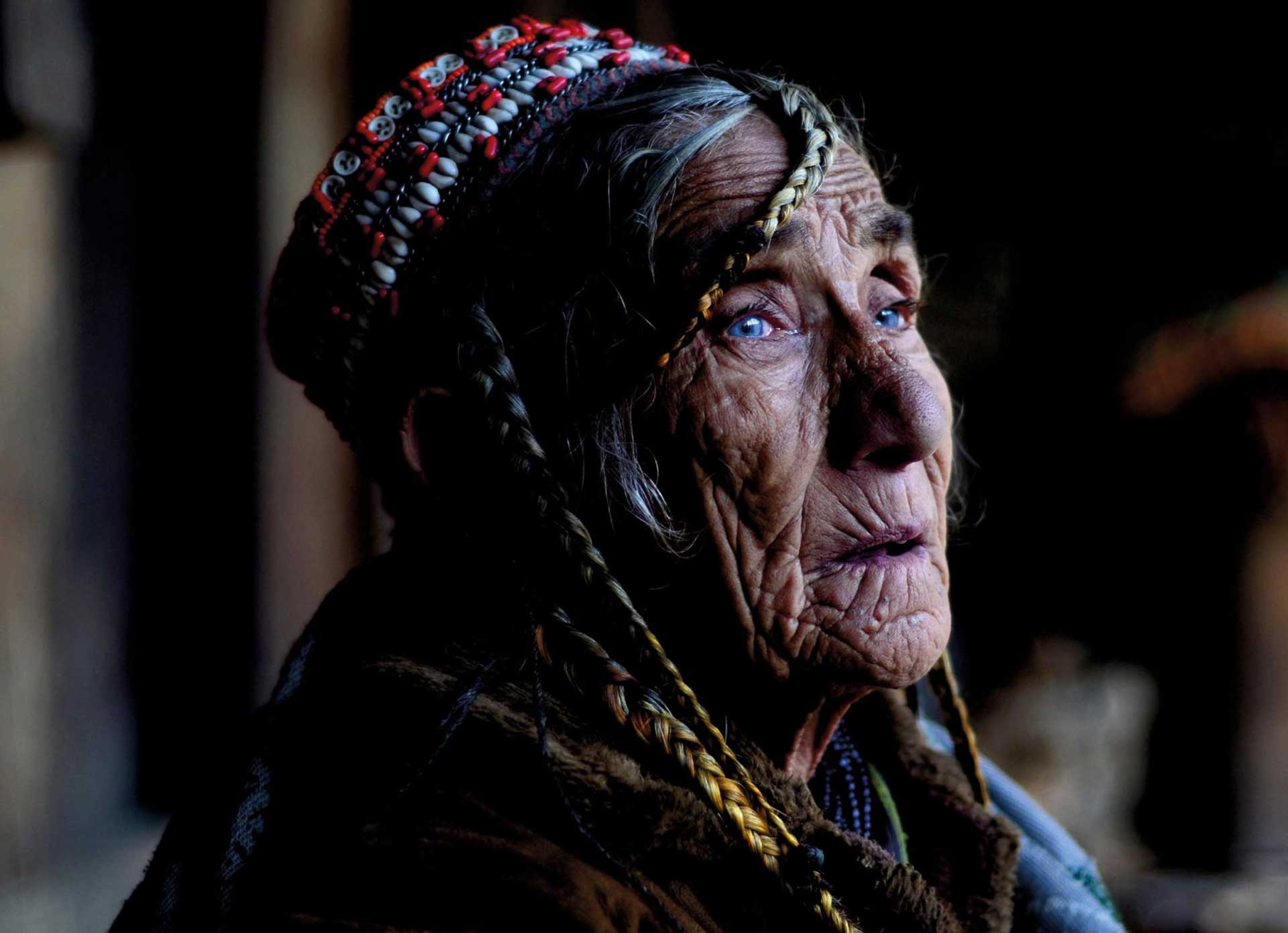
Stills of Peace
Edition I
Italy and Pakistan
